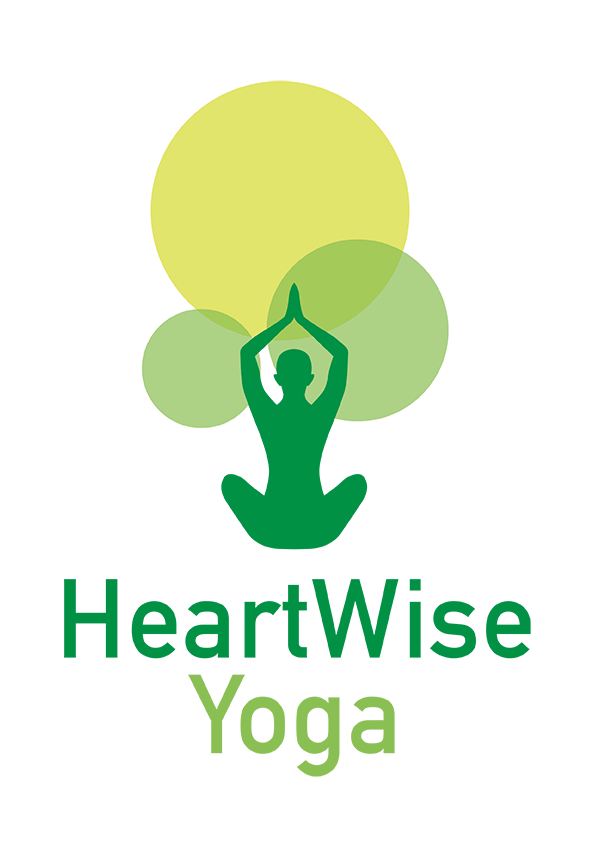I am continuing my sabbatical journey, currently in Portugal and attempting to befriend spontaneity more and more. Just before I arrived here, all the different people I know in the area, and whom I thought I would see, turned out to either be away or not available in the end. Although disappointed and slightly nervous to be here completely on my own, I decided to trust the process.
Out of the blue, on my first day here, an old American friend commented my post on Instagram that she was hiking trails… right around the corner from me. It was such a nice surprise to see her and catch up! A day later, I showed up at an event and the first person I saw was another friend I had recently met in Copenhagen, now also here for a few weeks. “Ok,” I thought, “I do not need to know in advance. It’s all working out!”
Nevertheless, even if I have intentionally curved out time and space to allow for sudden decisions, I am still noticing how much my mind likes to have a plan – for the day, for the week, the month, and perhaps the next few years…
If plans are helpful so we can carry on with our lives, our attachment to them creates suffering. Spontaneity can become our ability to welcome what presents itself to us, either inside or outside, and discern how to respond to it rather than automatically, quickly react.
In other words, spontaneity not only is our capacity to be in the present moment, but also to be with the present moment.
Spontaneity in Practice
I find that some types of meditation and movement practices are particularly effective at training spontaneity skills. For example, meditations where we consciously follow the natural movements of the breath (like the “noting practice”, see recording further down) or the always shifting sensations or energy flow in the body require us to track continuously what is changing, thus letting go of what was or what might come. Conscious dance forms, such as 5 rhythms or contact improvisation, invite us to give room for and follow what is arising in every moment. Yoga also does this, but it requires that we let ourselves be guided and drop expectations of what should logically follow in the sequence.
Whatever we practice, it takes commitment to tend to the moment, first, and drop what we planned, second. We did this (big time) when the pandemic hit.
In addition, when we face a sudden change in plans, spontaneity calls for our willingness to pause and listen, so we can transform the habitual reply from reaction to response. Response (contra reaction) asks us to have a conversation with our intuition and make the right judgement that “feels” (rather than “probably is”) best.
At a smaller scale, on an everyday basis, we can be spontaneous when we do the grocery (What calls us today?) or choose how to spend our free time. For many, staying away from our phones for a few hours feels almost impossible. Yet occasionally removing distraction creates the emptiness necessary for spontaneity to arise: “now, I’ll journal;” “now, I’ll take this walk,”.. “I’ll sit down, I’ll draw;” etc.
Our practice bears limited value if we do not apply it outside the practice room. To be in flow, a now popular term, implies to discern again and again what the very next, first step is – action or non action – and not the third or the fourth.
Spontaneity, on and off the mat, grants us access to a life potentially filled with delight, wonder, and joy. Think a minute if everything that comes our way could be seen as an unexpected, exciting surprise. Of course, something painful happening to us will not feel joyful or exciting at first. Yet in the longer term, after we rode the biggest waves of grief or anger, it certainly carries a powerful teaching for our own growth – and in this sense is “exciting.”
Living life while committed to be in and flow with the moment gifts us with a unique ability: to find joy throughout our life.



